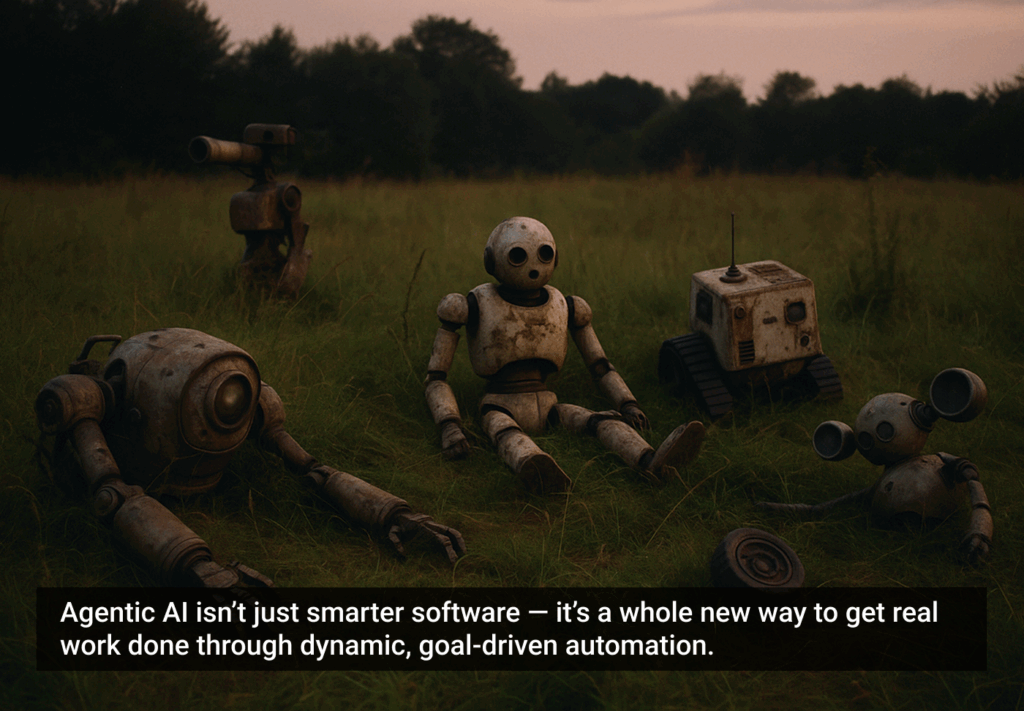We’ve grown accustomed to living in a world where all types of bad—and often criminal—behaviors are tolerated or simply ignored in the pursuit of profit. But we’ve reached a tipping point with Russia’s war in Ukraine. While many multinational corporations have ceased all operations in Russia, the unprovoked aggression wreaking havoc on a peaceful, democratic society is being quietly condoned by companies continuing to do business there. While the specific situations are often complex there’s a long history of brands perceivably turning a blind eye to bloodshed or straddling both sides of a conflict in the name of doing business, with little or no consequences.
Are companies like General Mills, Halliburton, Marriott Hotels & Resorts, Hyatt Hotels Corporation, Amway, Leo Burnett Worldwide, Subway, Nestle, and Mondelez (the makers of Oreo, Ritz, Triscuit, Sour Patch Kids, and Trident) living up to their responsibilities as players in the global marketplace? All of these companies are still operating in Russia without offering a clear position on Russia’s war on Ukraine.
Perhaps because neutrality has been common practice for so long, brands think that not taking a position will have little or no consequence—especially when it comes to issues they’re not directly connected to as a brand. But we also live in a rapidly changing world where technology has fundamentally altered the relationships between brands, customers, and employees. People expect more transparency, and companies like Netflix, PayPal, Adobe, Mastercard, Visa, Epic Games, and Nintendo have taken clear positions, suspending services and shutting down commerce in Russia. As employees and customers of companies that chose neutrality to begin making decisions based on how they feel about that stance, the question might not be if it’s still acceptable to remain positionless, but if it will be tolerated at all. For the brands out there wavering on whether or not it’s your place to have a position, how far are you willing to fall by not taking a stance?








